The Narendra Modi years have witnessed a fundamental and paradigmatic shift in civil aviation — it has changed from an elitist mode of transportation to one which is within the reach of all Indians, in tune with the Ude Desh ka Aam Nagrik (UDAN) philosophy.
As the reach and scale of our civil aviation operations have increased, the expectations of our citizens from the sector have also risen significantly. Following the recommencement of domestic civil aviation operations in a staggered manner from May 25, numerous citizens have been approaching us to restart international flights. Several factors need to be addressed. Many international destinations are not allowing incoming passenger traffic, except of their own citizens or diplomats. Within India, most international flights operate from the metros where travellers arrive from neighbouring cities and states. All our metro cities were under various degrees of lockdown which are beginning to be lifted only now. Some of them are still allowing only 25 flights or so to take-off and land every day. The Ministry of Home Affairs guidelines for lockdown 5.0 announced on May 30, which have further opened up inter-state and intra-state travel, will facilitate the gradual and calibrated reopening of the sector. As we move towards the critical mass of 50-60 per cent operation of domestic flights, our ability to resume international operations will also improve.
In the last six years, civil aviation has emerged as a critical driver of economic growth in India. Pre-COVID India was the third largest domestic aviation market in the world with approximately 140 million passengers travelling annually — the country was poised to become the third-largest overall market in three years. We were experiencing double-digit growth when the headwinds of the COVID crisis hit us and grounded us for two months. India was one of the first nations to start screening passengers and halt flights from China.
Our efforts to service the nation didn’t cease but just took a different form. We launched Mission Lifeline Udan which has covered more than 5.4 lakh kilometres through 584 flights, carrying critical medical related cargo load of over 935 tonnes to the farthest parts of the country and abroad. On May 6, we launched the Vande Bharat Mission which has already evacuated more than 40,000 stranded and distressed Indian citizens from different parts of the world. We are now preparing to significantly increase these flights.
Taking a big leap forward, we re-commenced domestic aviation operations from May 25. This decision was taken in the spirit of cooperative federalism. Till late on May 24, we accommodated all the sensitivities of the states. There were some cancellations on the first day as airline scheduling and logistics are integrated and any change made to a flight in one sector has an impact on several other flights. The good news is that operations have been smooth since May 26 and over 40,000 passengers have been travelling seamlessly every day. Since the sector is operating at less than 33 per cent of capacity, we anticipated the mismatch between demand and supply and regulated fares to protect the interests of consumers while keeping airline operations viable.
A lot of effort was also devoted to ensuring that we minimise the risk of contagion through meticulously designed guidelines and protocols. In fact, we were in a state of readiness since May 15 and gave all stakeholders sufficient time to prepare and plan. Despite our best efforts, certain unfortunate cases were noted of positive patients and immediate action was taken. It is notable that amongst the modes of rail, road, and air, air travel is the only mode that has controlled access and complete traceability at the place of embarkment, transit and disembarkment, making it the least risky amongst all the means of public transport. COVID positive cases encountered in domestic operations till now are around 0.03 per cent of the passengers — this shows that safety systems are in place. It is necessary to acknowledge that we live in challenging times where there is a downside and an element of risk associated with every decision we make.
But the question is, can we afford to shut our lives and our economy completely for an unending period to avoid that little risk? I firmly believe that the answer is no. We have to learn to live with the virus. Another question is: Are efforts being done to minimise risks as we resume air travel? I would like to assure all our travellers that the answer is a resolute yes.
In India, the mortality rate from the virus has been rather low, around 2.87 per cent. It must also be noted that even as the number of cases has risen, the number of those who have recovered has also been rising. Some amateur commentators have cited the rise in cases as a failure of the lockdown without acknowledging the massive exponential rise in cases which have been thwarted by our timely measures. The imposition of the lockdown helped us in achieving at least three objectives — we could halt the sudden exponential growth of the virus seen in other countries, prepare our healthcare system and assess when to restart the economy in a calibrated and progressive manner.
After the imposition of the lockdown, we have taken several reform measures under the Atmanirbhar Bharat Abhiyan for the aviation sector such as opening airspaces for airlines and opening other airports for private sector participation. We will continue to proactively engage and support our aviation sector. As the prime minister has rightly pointed out, we have to view this crisis as an opportunity. We need to ensure that the Indian aviation sector comes out from this crisis stronger.
(This article was published in The Indian Express on June 1, 2020)
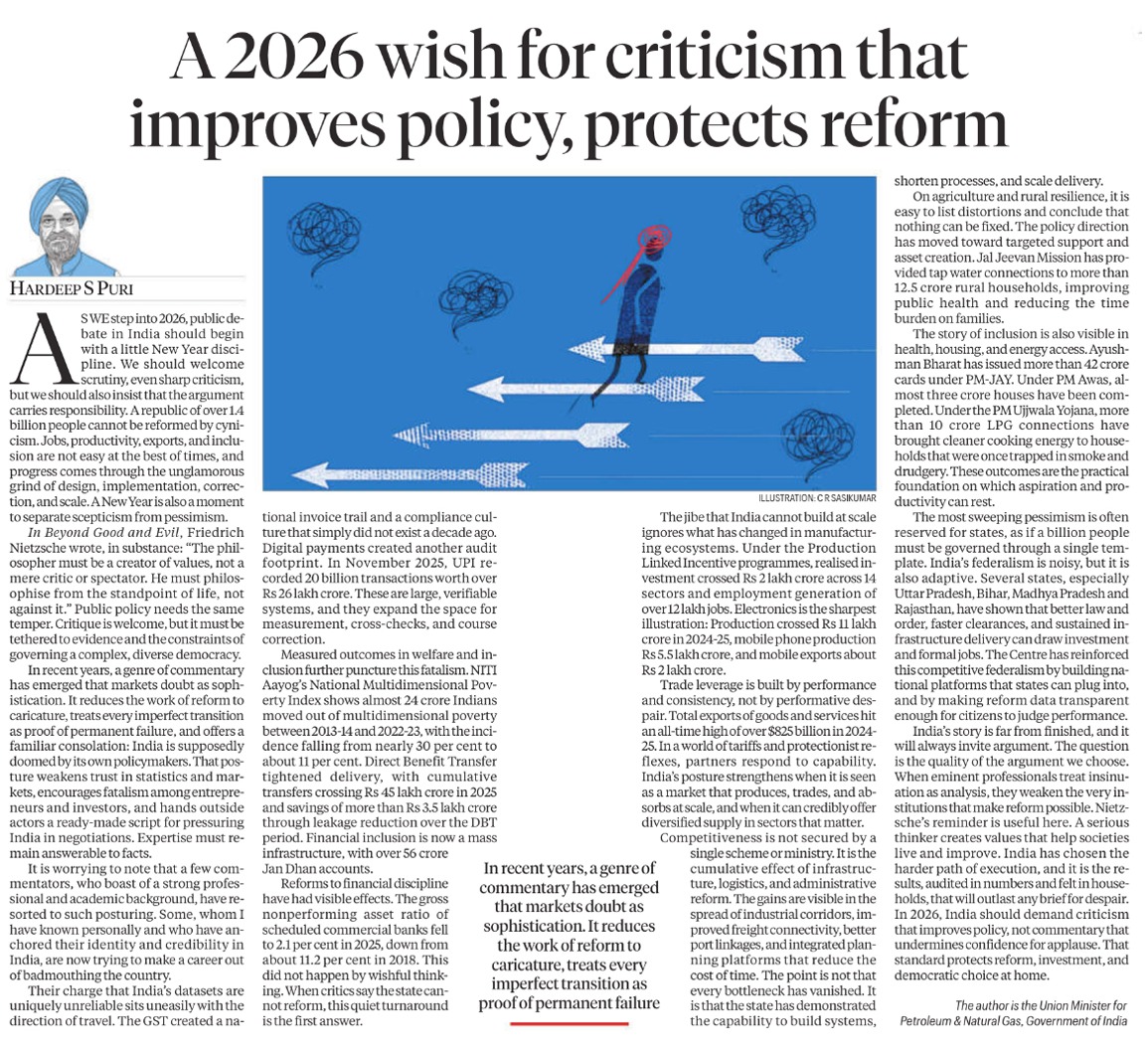
Our democracy benefits by criticism, but not by motivated fatalism by some “experts”, who seem more guided by their politics r...
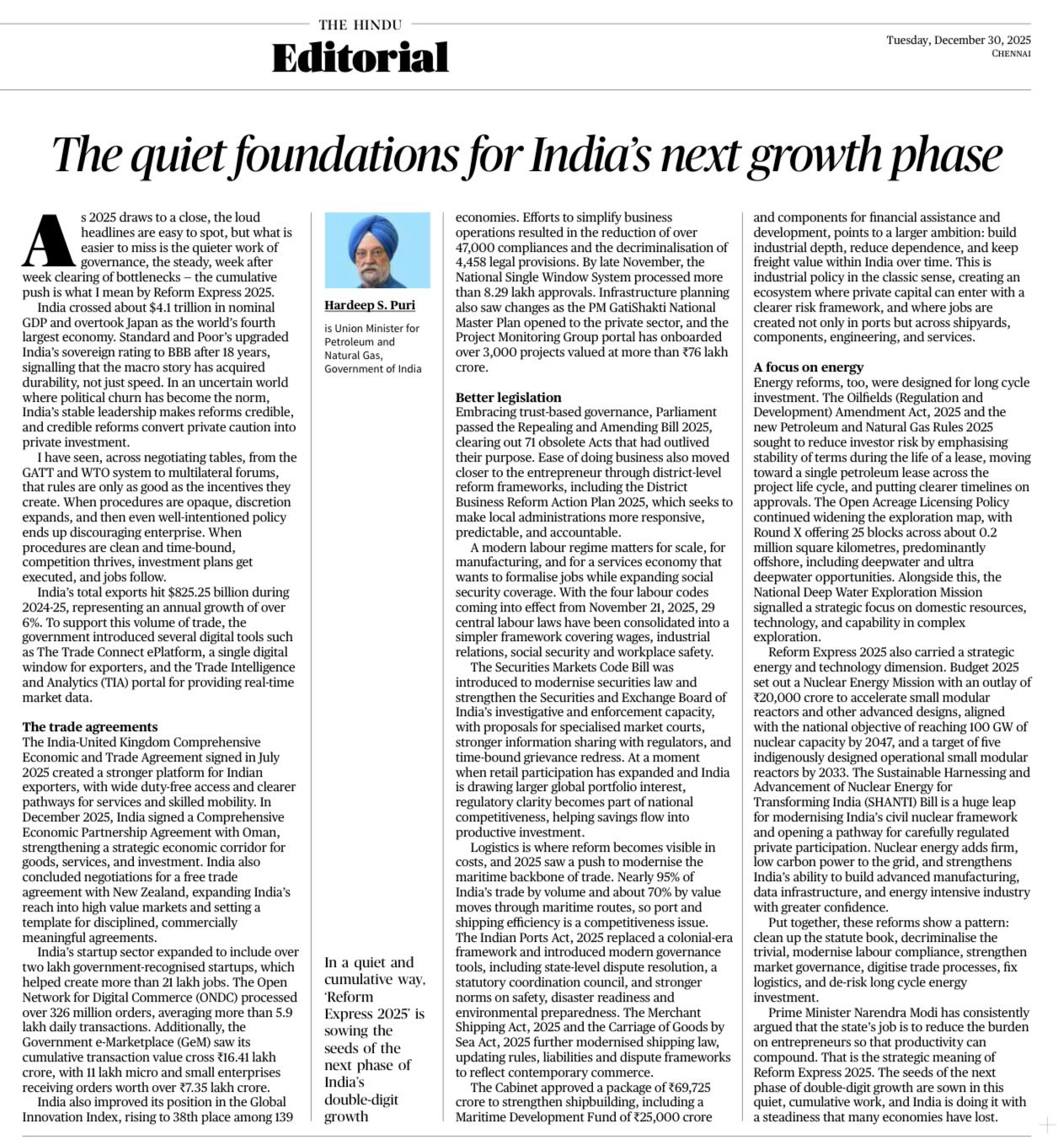
The quieter work of governance, the steady, week after week clearing of bottlenecks - this cumulative push is what I mean by Refo...

PM Sh Narendra Modi Ji has done the unthinkable in Bihar and it will change the grammar and lexicon of Indian politics for the ti...
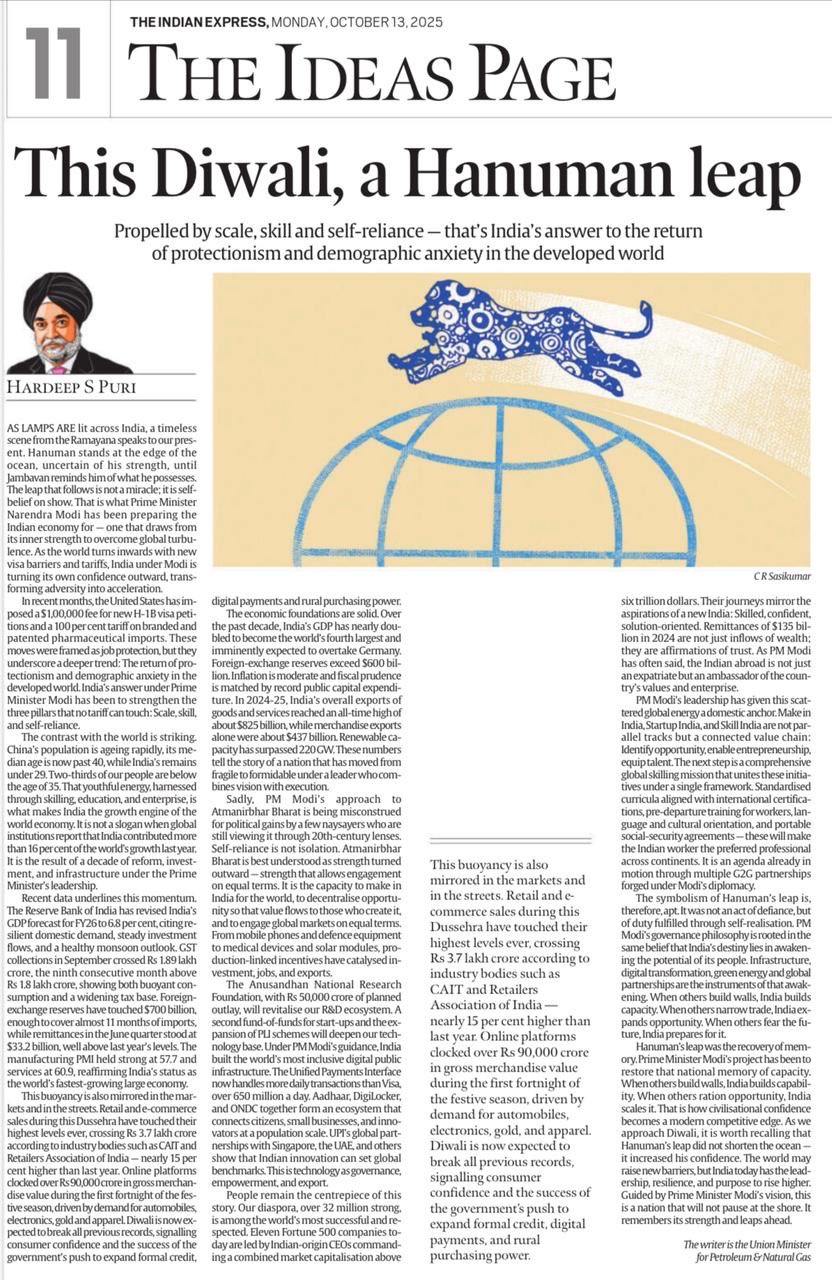
As the world passes through a period of geopolitical turmoil and uncertainty, India, under the visionary & decisive leadership of ...
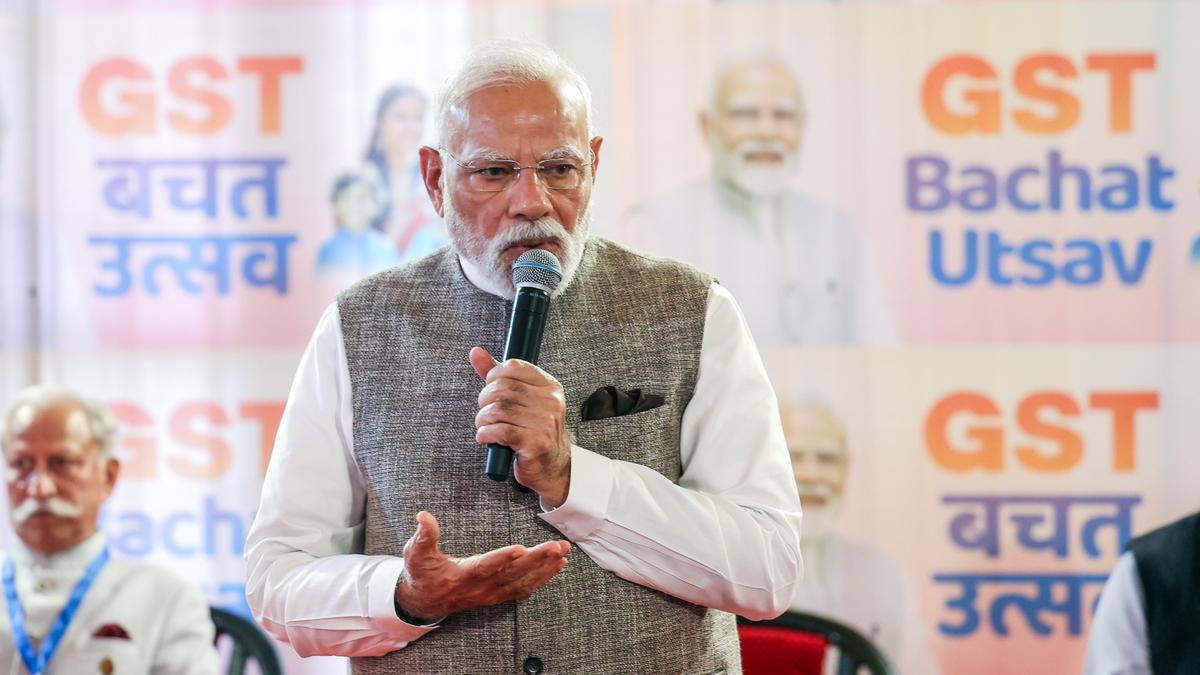
The Prime Minister’s professionalism and work ethic are what make the difference on the ground Praise has been showered on Pr...
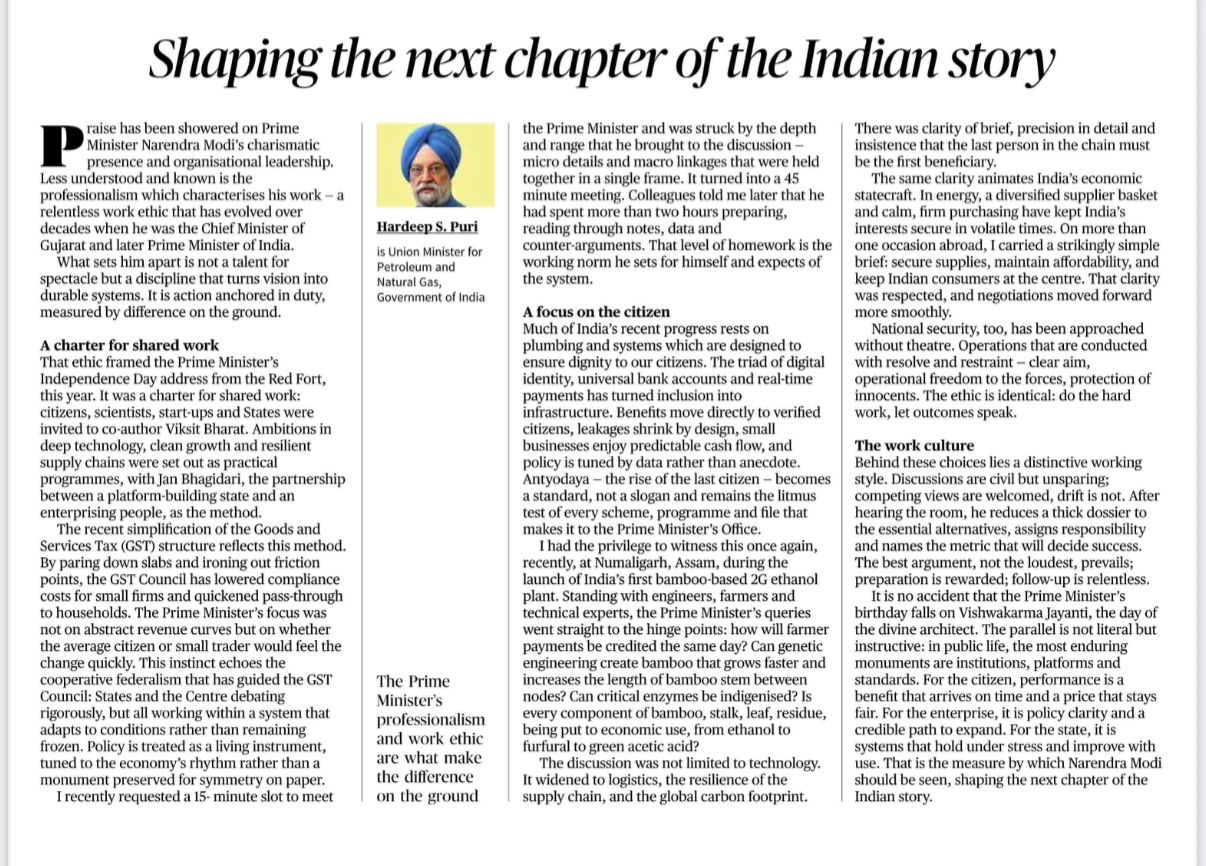
Shaping the next chapter of the Indian story!...
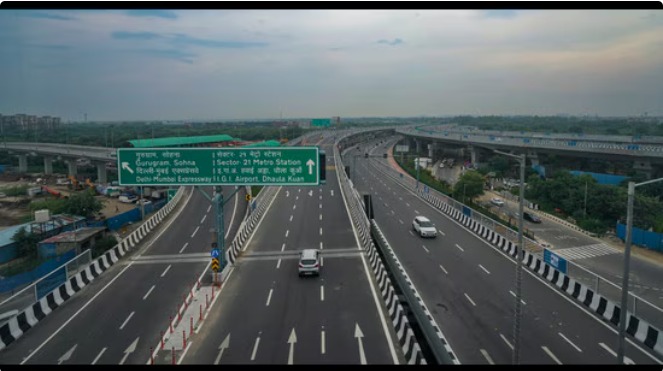
Indian cities are again on that path to being modern yet humane, ambitious yet inclusive, global in outlook yet rooted in our valu...

India’s fact-rich story of resilience, growth and energy security will silence the ‘global doubters’ who call it a ‘dead e...
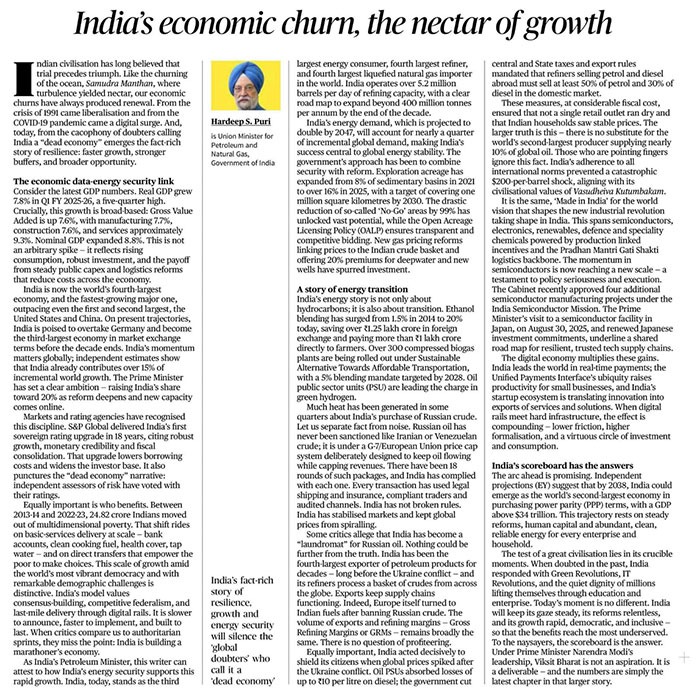
The test of a great civilisation lies in its crucible moments. When doubted in the past, India responded with Green Revolutions, I...